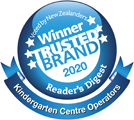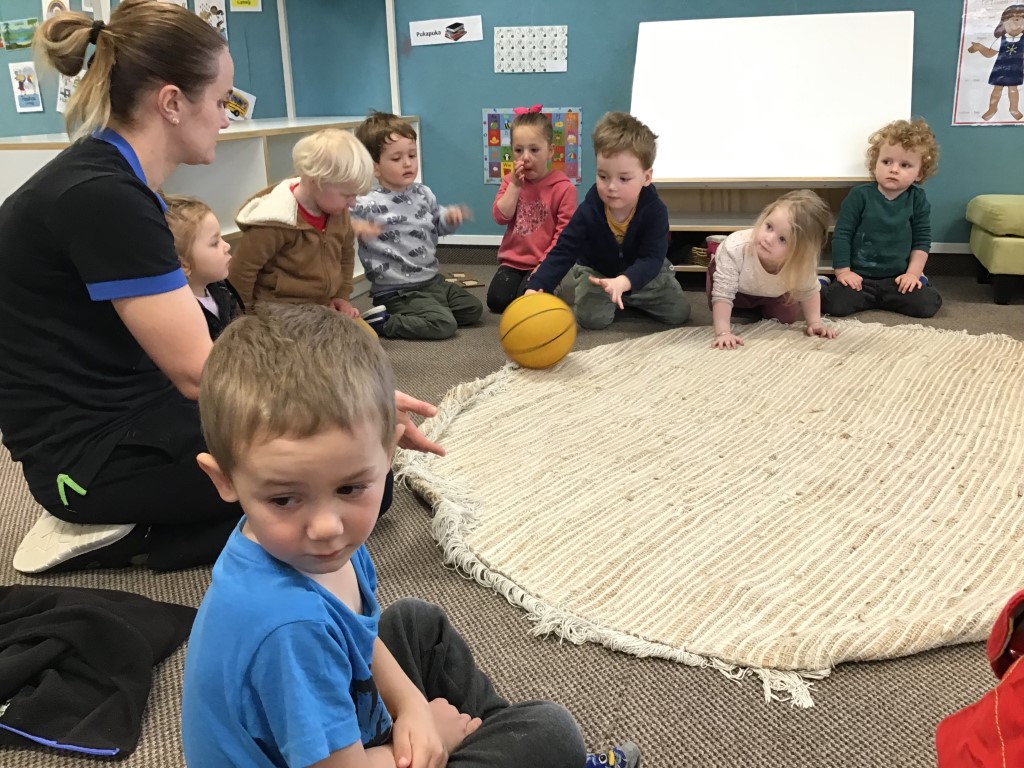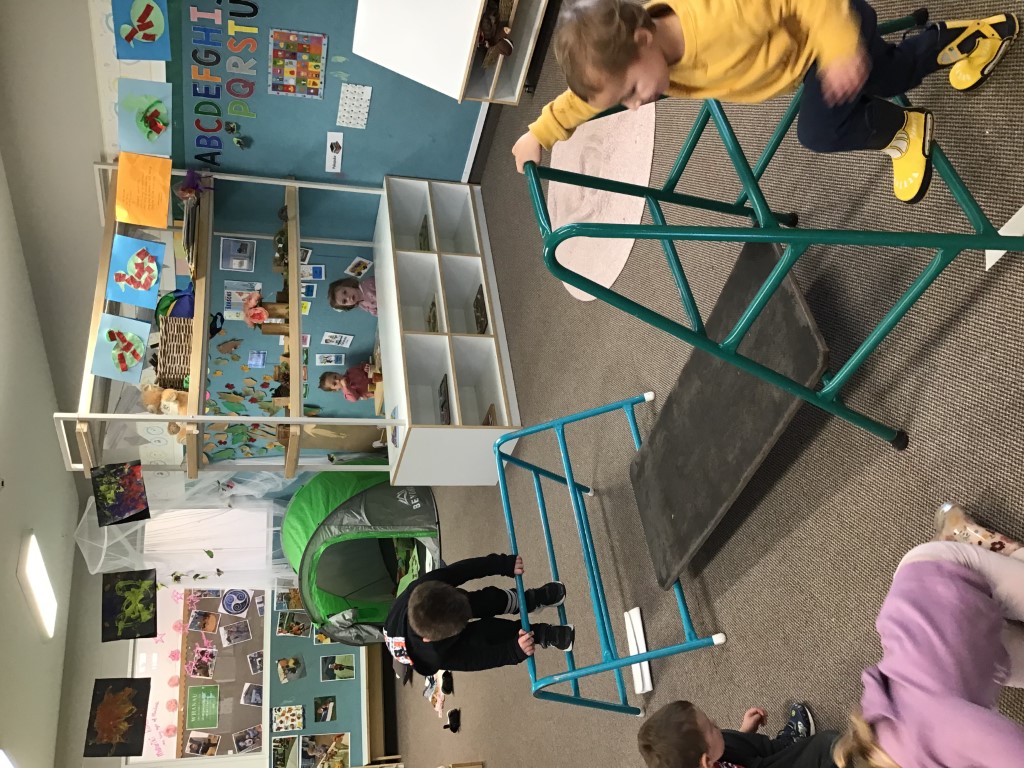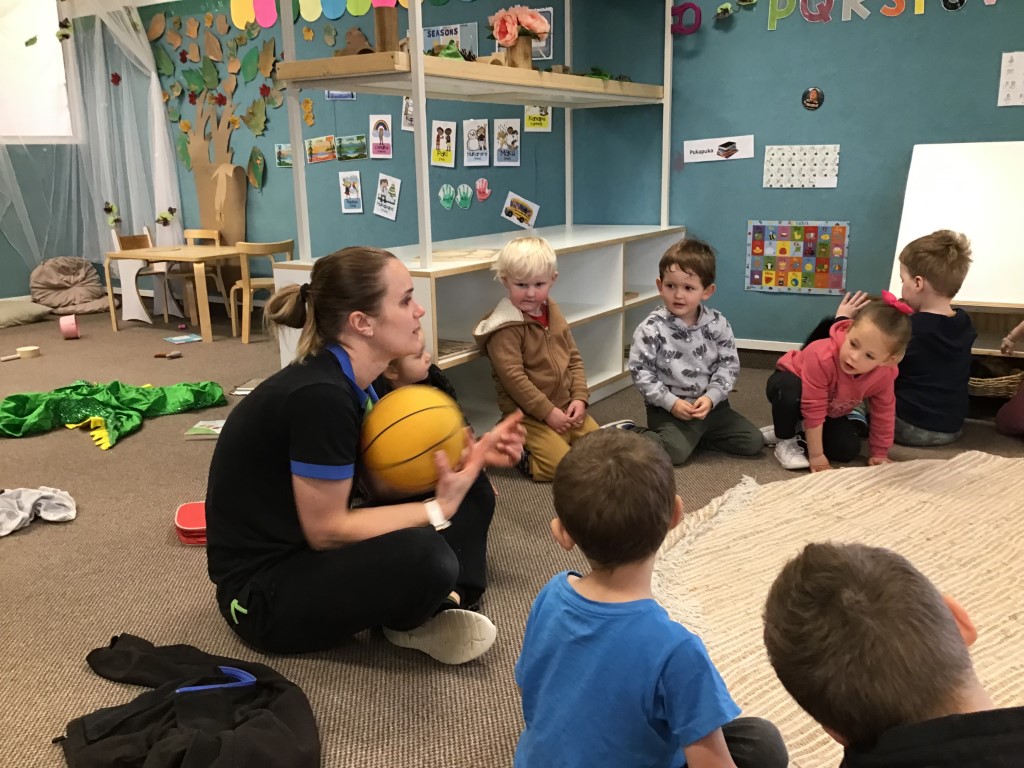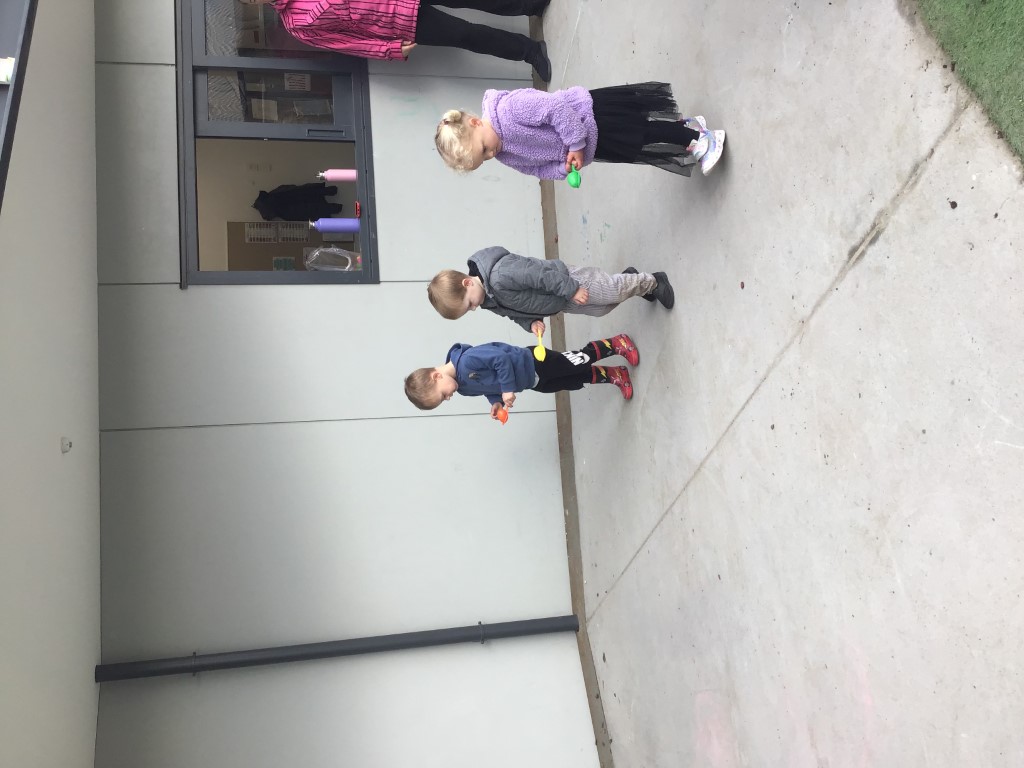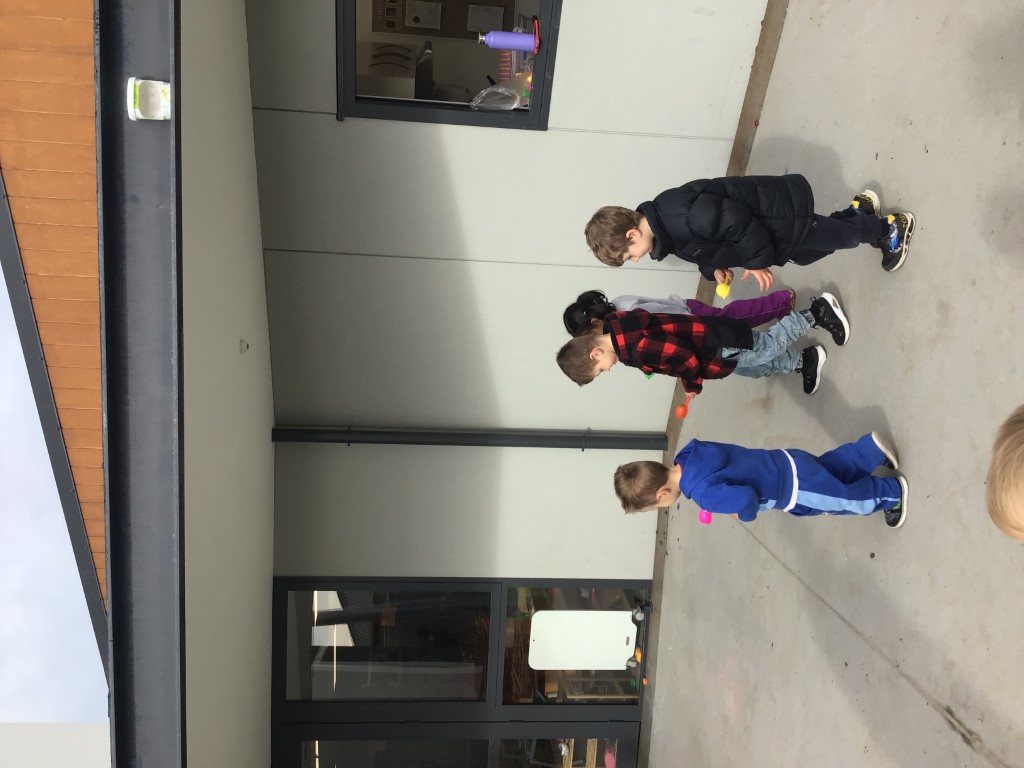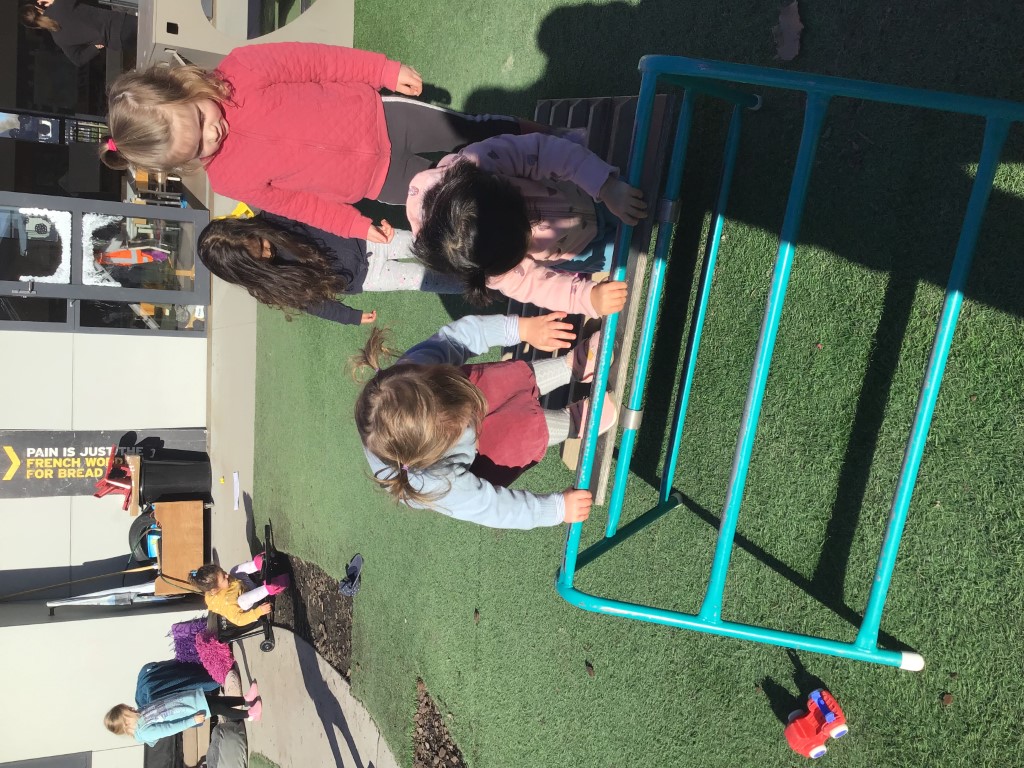LATEST STORIES
Exploring gross motor in our play
The natural process of early childhood learning and development begins with the body. In fact, movement primes the brain for learning, fostering the neural pathways that form the foundations for cognitive (hinengaro), physical (tinana), emotional (whatumanawa) and spiritual (wairua) learning.
Over the past month the preschool tamariki have enjoyed exploring their gross motor physical play. They have enjoyed a wide range of activities such as egg and spoon races, obstacle courses both inside and outside and circle games such as rolling the ball to one another. This has not only helped to build upon their physical gross motor skills but also helped to develop their coordination, turn taking, working together and sharing with one another when in a social setting. Gross Motor development involves the larger, stronger muscle groups of the body. In early childhood, it is the development of these muscles that help the baby to hold his/her head up, sit, crawl and eventually walk, run, skip and jump.

